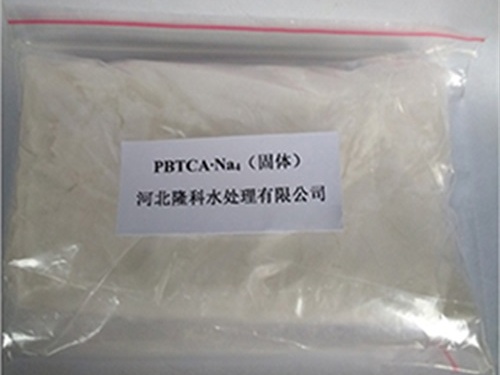Types of Flocculants for Wastewater Treatment Applications and Their Benefits
Understanding Flocculant Types and Their Applications
Flocculants are chemical substances that promote the clumping or agglomeration of particles in liquids. They are widely used in various industries, including wastewater treatment, mining, food processing, and paper production. The effectiveness of a flocculant depends on its chemical structure, molecular weight, and charge density, which influences its interaction with suspended solids in a liquid medium. This article will explore the different types of flocculants and their specific applications.
1. Natural Flocculants
Natural flocculants are derived from organic materials and include substances like starch, guar gum, alginates, and chitosan. These flocculants are often preferred for their environmental friendliness and biodegradability. They work by bridging the gaps between suspended particles, leading to their aggregation.
Natural flocculants have found significant application in industries such as drinking water treatment and paper manufacturing. For example, chitosan, a biopolymer derived from chitin (found in shrimp shells), is particularly effective in removing turbidity and contaminants from water.
2. Synthetic Flocculants
In contrast to natural flocculants, synthetic flocculants are man-made and include polyacrylamides (PAM), polyelectrolytes, and polyamines. These compounds are designed to provide specific properties and functions not easily achieved with natural substances.
Polyacrylamides are among the most commonly used synthetic flocculants due to their versatility and effectiveness. They can be tailored to have various charge densities, allowing for high efficiency in removing suspended solids across different conditions. Synthetic flocculants are prevalent in wastewater treatment plants, where they help to settle out sludge and clarify effluent.
Cationic flocculants carry a positive charge and are effective in neutralizing negatively charged particles, such as clay and organic matter. Their ability to attract and bind negatively charged particles makes them particularly useful in industries that deal with fine materials.
flocculant types

In the paper industry, cationic flocculants help enhance fiber recovery and improve drainage during the manufacturing process. They are also utilized in mining, where they aid in the separation of minerals from water, enhancing recovery rates and reducing environmental impact.
4. Anionic Flocculants
On the other hand, anionic flocculants possess a negative charge and are effective with positive particles. These flocculants are often used in applications where organic materials need to be removed from water or where clarification of substances is necessary.
Anionic flocculants are commonly found in the treatment of industrial wastewater, where they help in removing contaminants such as metals and oils. Their use increases the efficiency of sedimentation processes, resulting in clearer effluent.
5. Non-Ionic Flocculants
Non-ionic flocculants do not carry any charge and work by utilizing Van der Waals forces to promote particle aggregation. These flocculants can be very beneficial in specific contexts where both cationic and anionic agents may fail due to interference or in the presence of high ionic strength.
They are often employed in delicate systems where charge neutrality is essential, such as in certain food processing operations or in the treatment of effluents containing sensitive biological materials.
Conclusion
The choice of flocculant type is critical to the successful treatment of suspensions in various industries. Understanding the specific properties of natural, synthetic, cationic, anionic, and non-ionic flocculants allows for optimizing processes and improving outcomes. As environmental concerns continue to rise, the use of biodegradable natural flocculants is gaining popularity. However, synthetic alternatives will remain a valuable resource due to their tailored efficacy and versatility in complex systems. The future of flocculants looks promising, with ongoing research and development aimed at improving efficiency and sustainability in their application.
-
Water Treatment with Flocculant Water TreatmentNewsJun.12,2025
-
Polymaleic AnhydrideNewsJun.12,2025
-
Polyaspartic AcidNewsJun.12,2025
-
Enhance Industrial Processes with IsothiazolinonesNewsJun.12,2025
-
Enhance Industrial Processes with PBTCA SolutionsNewsJun.12,2025
-
Dodecyldimethylbenzylammonium Chloride SolutionsNewsJun.12,2025





